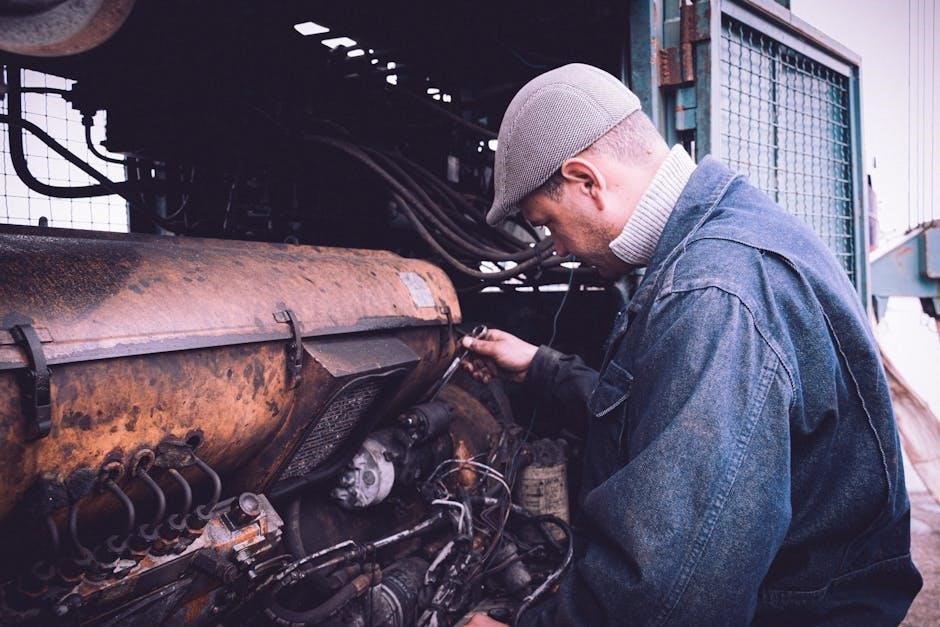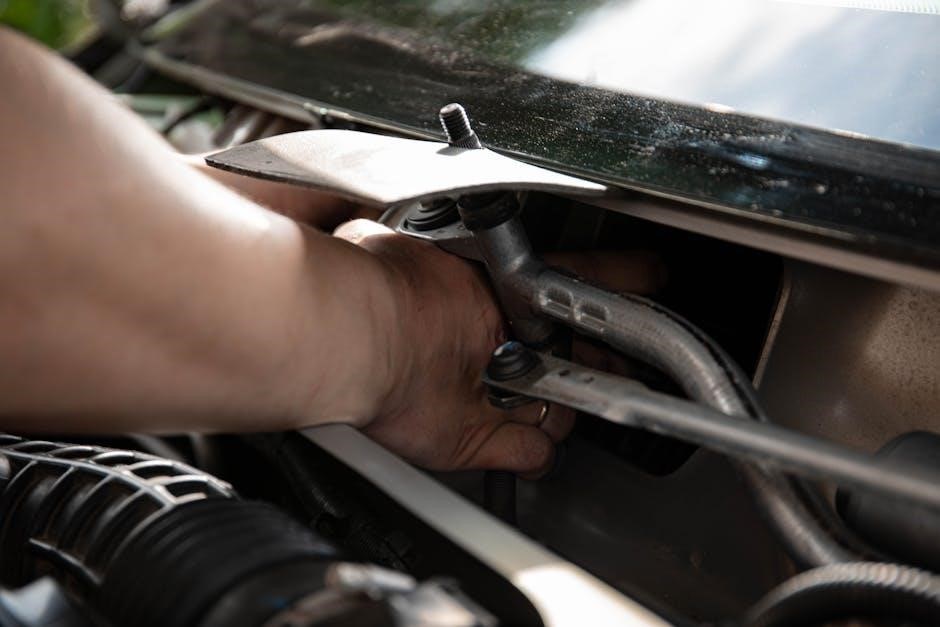Converting power windows to manual is a process that involves replacing electronic components with manual ones, using tools and following specific steps to ensure a smooth transition, on Windows systems today easily.
Reasons for Conversion
There are several reasons why individuals may choose to convert their power windows to manual, including cost savings and a desire for simplicity. Many people find that manual windows are more reliable and require less maintenance than power windows. Additionally, manual windows can be a good option for those who want to restore a classic vehicle to its original condition. Some individuals may also prefer the tactile experience of rolling up their windows by hand, rather than relying on electronic controls. Furthermore, converting to manual windows can be a cost-effective solution for those who are looking to replace faulty power window motors or regulators. Overall, the reasons for converting power windows to manual are varied and depend on individual preferences and needs. The process of conversion can be complex, but it can also be a rewarding DIY project for those who are willing to take on the challenge and follow the necessary steps and guidelines.

Understanding Power Window Mechanisms
Power window mechanisms involve motors, gears, and regulators working together to raise and lower windows, using electrical signals and mechanical components to operate smoothly and efficiently every time.
Power Window Components
Power window components include the motor, gear, regulator, and window lift system, all working together to provide smooth and efficient window operation. The motor is the core component, providing the power needed to raise and lower the windows. The gear system transmits this power to the regulator, which converts the rotational motion into linear motion, lifting the window up and down. The window lift system consists of a series of cables, pulleys, and guides that support the window and maintain its alignment. These components are typically housed within the door panel and are connected by a complex system of wiring and linkages. Understanding the function and interaction of these components is essential for converting power windows to manual, as it allows for the identification of the components that need to be replaced or modified. This knowledge also helps to ensure a successful conversion, with properly functioning manual windows.

Manual Window Conversion Process
Converting to manual windows involves several steps, including removal and replacement, using tools and specific techniques, on Windows systems today easily and quickly with minimal effort required always.
Removing Power Window Motors
Removing power window motors is a crucial step in converting to manual windows, requiring careful disconnection of electrical components and mechanical linkages. The process involves accessing the motor and gear assembly, typically located within the door panel. To begin, the door panel must be removed, providing access to the power window motor and associated components. The electrical connector is then disconnected, followed by the mechanical linkages that connect the motor to the window regulator. Once these connections are severed, the motor can be carefully removed from the door, taking note of any mounting screws or clips that secure it in place. With the motor removed, the next step involves preparing the door for the installation of manual window regulators, which will provide the necessary mechanism for manual window operation. This process requires patience and attention to detail to ensure a successful conversion.

Installing Manual Window Regulators
Manual window regulators are installed by attaching them to the door frame, using screws and clips, and connecting them to the window, ensuring proper alignment and smooth operation, every time, with ease, online.
Adjusting and Aligning Manual Windows
Adjusting and aligning manual windows is a crucial step in the conversion process, requiring attention to detail and patience. The window regulators must be properly secured to the door frame, and the window must be aligned with the regulator.
This involves adjusting the screws and clips that hold the regulator in place, and ensuring that the window is properly seated in the door frame. The window must also be aligned with the weatherstripping and the door seal to ensure a smooth and waterproof operation.
Additionally, the window must be tested to ensure that it is operating smoothly and evenly, with no binding or sticking. This may involve adjusting the regulator or the window itself to achieve the desired operation.
By following these steps, manual windows can be adjusted and aligned to provide smooth and reliable operation, and to ensure a successful conversion from power windows. The process requires careful attention to detail and a willingness to make adjustments as needed.

Testing and Troubleshooting Manual Windows
Testing manual windows involves checking for smooth operation and troubleshooting issues with regulators and door frames easily today online.
Common Issues and Solutions
When converting power windows to manual, several common issues may arise, including misaligned windows, loose regulators, and faulty door frames. To address these issues, it is essential to carefully inspect the window components and adjust them accordingly. The Internet provides various resources and tutorials to help individuals troubleshoot and resolve these problems. By following these guides and using the right tools, one can easily identify and fix the issues, ensuring smooth and proper window operation. Additionally, online forums and discussion groups can offer valuable advice and solutions from experienced individuals who have undergone similar conversions. With patience and attention to detail, common issues can be resolved, and the manual window conversion can be completed successfully, providing a reliable and efficient solution for vehicle owners. The process requires careful planning and execution, but with the right resources and knowledge, it can be accomplished effectively.
